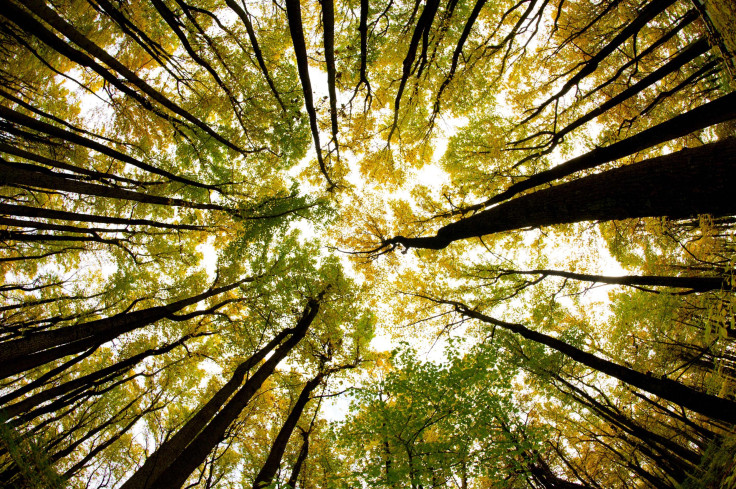National Arbor Day 2021: Ways To Celebrate, Interesting Facts About Trees
KEY POINTS
- National Arbor Day is typically observed on the last Friday of April
- The first National Arbor Day was celebrated on April 10, 1872
- By 1920, 45 states already had their own Arbor Day celebrations
It's time to celebrate an important part of our planet -- the trees. National Arbor Day is the perfect time to take a pause and appreciate the organisms that provide us with oxygen and other vital materials and serve as habitats for numerous creatures.
National Arbor Day is an important holiday that started in the early 1870s. Proposed by Nebraska newspaper editor J. Sterling Morton, the first National Arbor Day was celebrated on April 10, 1872, as a tree-planting holiday. On that festive day, more than a million trees were planted in Nebraska, Arbor Day Foundation noted.
The idea quickly spread to other states. By 1920, 45 states already had their own Arbor Day celebrations. Today, although it is celebrated at different times of the year in other states, the most common day to celebrate it is on the last day of April.
National Arbor Day is often celebrated with environment-related activities encouraging people to appreciate and plant more trees. It's the optimal holiday to teach children about their importance. Although this year's activities may be a little different than previous celebrations, there's no reason people can't celebrate the holiday or hold their own tree-planting events, albeit simpler and perhaps safer.
Arbor Day Foundation suggested several simple ways people can still celebrate the event while observing proper social distancing. This includes learning important things about trees online, heading out on a forest hike and getting kids to draw their favorite trees. One can even hold a simple tree-planting activity in the community.
Just remember to plant the right tree in the right place, Texas A&M Agrilife Extension said. It recommends considering factors such as the purpose for planting the tree, the soil conditions, the species and where it will be planted. Furthermore, when choosing where to plant it, make sure to consider the tree’s size when it’s fully grown.
To celebrate National Arbor Day, let's look at some interesting facts about trees that show how important and amazing they can really be. (Courtesy-- Arbor Day Foundation, Precision Landscape and Tree and Nelda)
- Trees are the organisms on Earth that live the longest, with California holding some of the oldest living trees. Its sequoia trees, for instance, are 4,000 to 5,000 years old.
- The oldest tree in the world is believed to be a bristlecone pine tree named Methuselah. Its location is kept secret to protect it against tourists.
- Trees can defend themselves from insects by releasing chemicals when they’re attacked. They can even signal the danger to other trees, so they can also start their own defense.
- Babies born in places with more trees are less likely to be underweight.
- Office workers who have a view of trees have reported having more satisfaction and less stress.
- Indonesia, Colombia and Brazil have the highest number of native tree species.
- Banana trees actually have no wood. Although they are called banana trees, their “trunks” are actually made of watery and fibrous stalk, not wood.
- Trees can save lives. A study in 10 cities found that community forests can save about one life every year. In New York City, trees can even save eight lives each year.
- Spaces with more trees have fewer minor crimes, such as littering and vandalism, compared to spaces without plants.
- Trees can help lost people find their way in the woods. Moss in northern temperate climates grows on the northern side of the tree trunk, where there is more shade. Meanwhile, if you're in the northern hemisphere, you can observe that tree's rings thicken more on the southern side, which receives more sunlight. The opposite applies in the southern hemisphere, with rings thicker on the north side.
- Trees beside the road reduce the pollution indoors by as much as 50%.
- Only a few people have been to the moon, but some tree seeds already have. During the Apollo 14 mission, some seeds were taken to the moon to see if they will grow differently.
- Properly placing trees around buildings can reduce air conditioning needs by about 30% and heating energy by 20 to 50%.
These are just some interesting facts about trees and some of the ways they affect people. Whether your state's Arbor Day is today or not, it's still worth it to take the time to appreciate trees.

© Copyright IBTimes 2024. All rights reserved.






















